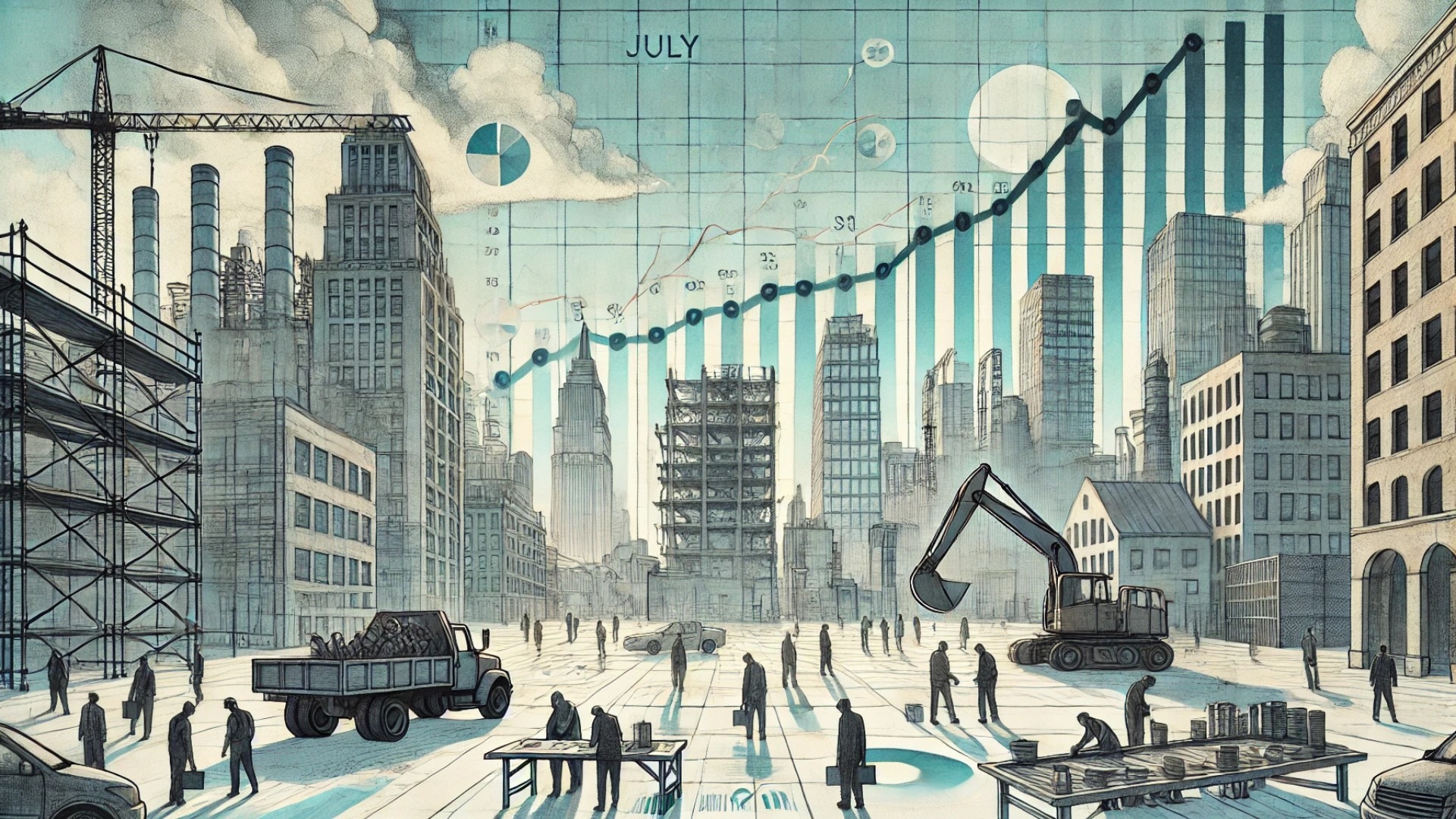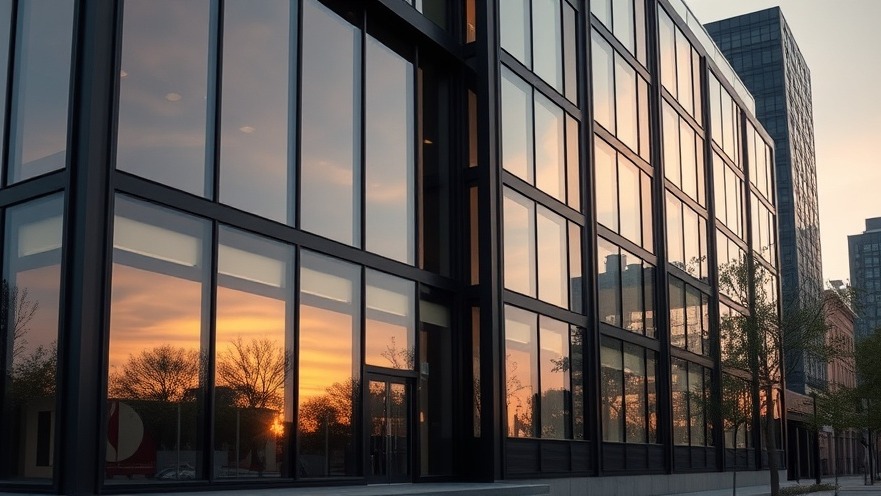
Advancing Climate Goals in the AEC Industry
The architecture, engineering, and construction (AEC) industry is at a crucial juncture as it embraces ambitious climate goals, exemplified during the recent AIA25 conference. Industry leaders gathered to share insights and strategies aimed at combating climate change, increasing sustainability, and fostering community resilience in building practices.
A Shift in Industry Mindset
The push towards climate consciousness marks a paradigm shift in the AEC industry. Historically, priorities often centered around costs and efficiency, yet as climate urgency escalates, there's an evident transition towards integrating sustainable practices from the ground up. Emphasis on energy-efficient materials and innovative designs reflects this new mindset. Architects and engineers are now prioritizing life-cycle assessments, ensuring that buildings not only meet immediate needs but are also viable long-term, contributing to environmental sustainability.
The Role of Innovative Materials in Sustainable Building
Innovation in materials is essential to achieving climate goals. The conference highlighted advancements in sustainable roofing solutions, which not only enhance aesthetic appeal but also reduce environmental impact. For instance, green roofing systems—comprised of vegetation—provide natural insulation and air purification, demonstrating a dual approach to enhancing building performance while fostering urban biodiversity.
Community Engagement and Resilience
Another vital aspect of the conversation focused on community engagement. Effective collaboration between stakeholders including local governments, architects, and the public is crucial for ensuring that projects meet both environmental and societal needs. The AEC industry is increasingly recognizing the importance of engaging communities in the design process, ensuring that sustainable buildings serve as assets to those who inhabit and interact with them.
Future Predictions and Opportunities for Growth
Looking ahead, it is clear that the integration of sustainability into building practices will be met with evolving challenges and opportunities. A major focus for the future will be developing measures that not only comply with environmental regulations but also exceed them. This proactive approach not only positions companies as leaders in sustainability but also enhances property ROI. By adopting innovative materials and techniques, the AEC sector can expect to yield economic benefits alongside environmental and community gains.
Key Takeaways from the AIA25 Conference
The AIA25 conference underscored several key insights:
Prioritizing sustainable practices is no longer optional; it’s an industry standard.
Innovative materials lead to smarter, more resilient designs.
Effective community engagement enriches the design process and builds public trust.
Capable of shaping the future of urban landscapes, the AEC sector is poised to lead climate action through sustainable practices and strategies. By committing to these goals, the industry enhances its credibility and fosters trust with clients and the community.
To stay ahead in the evolving landscape of the AEC industry, companies must continue to invest in sustainable solutions, collaborate for community resilience, and innovate relentlessly. Engaging with these insights can drive your projects' success forward, paving the way for a sustainable future.
 Add Row
Add Row  Add
Add 




Write A Comment